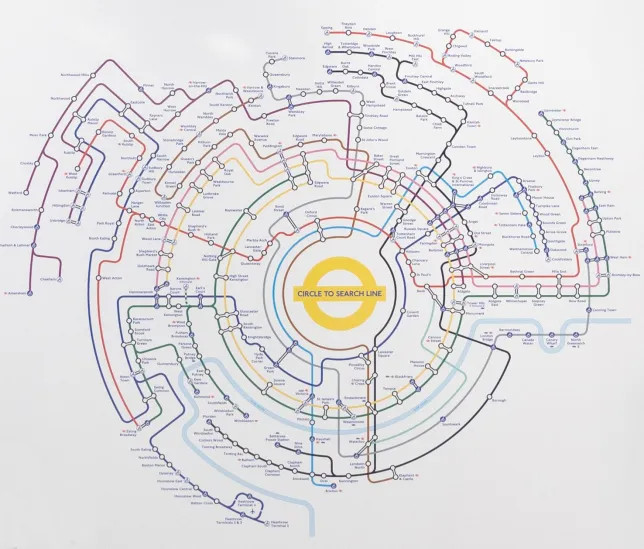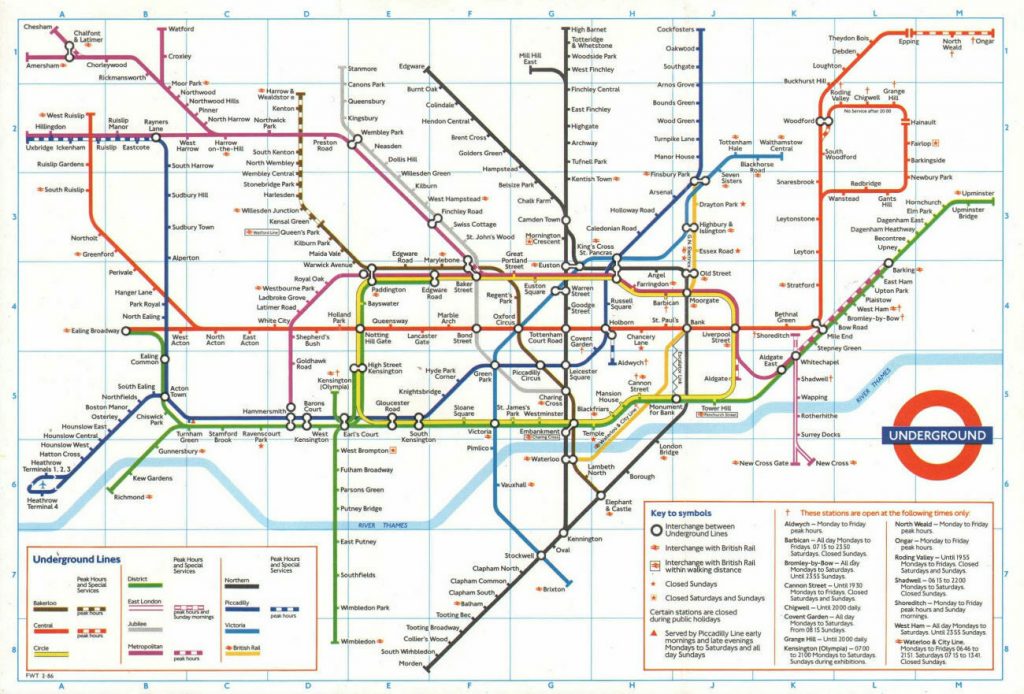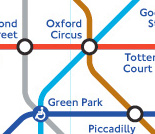This is information on how to use the tube system.
Most (>55%) of the Underground is not under ground. The parts in central London are, but beyond that, where there is space to build tracks, it is above ground, mostly (well, on the ground). Places like Heathrow are under ground, for obvious reasons.
The furthest station from Charing Cross is Chesham, 40km away.
Types of tube train
There are two types of tube train: those that travel through the smaller, deep tunnels:
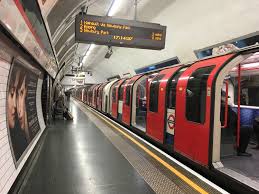
This includes the Northern, Victoria, Bakerloo and Jubilee lines.
Other trains use tunnels based on the cut-and-cover system and are taller and more train-like:
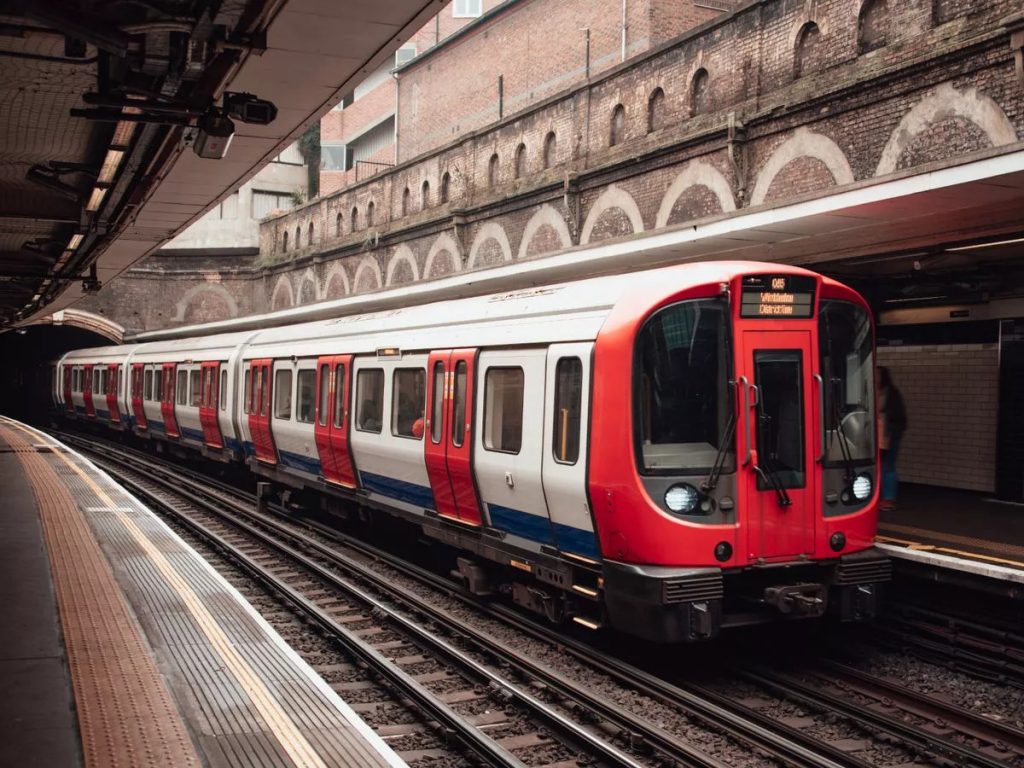
This includes District, Metropolitan and Circle lines.
Opening times
It varies by line, but the first trains in the morning are usually around 5am.
Last trains in the evening are 11.30pm or so.
Some lines operate a limited all night service on Fridays and Saturdays: these are the Central, Jubilee, Northern, Piccadilly and Victoria lines.
Some lines or stations may be closed at times for engineering works or because they are unused at certain times (eg Waterloo and City is closed at weekends).
There is a rush hour in the morning and late afternoon. Some stations can be very busy around 10pm when theatres and concerts finish.

